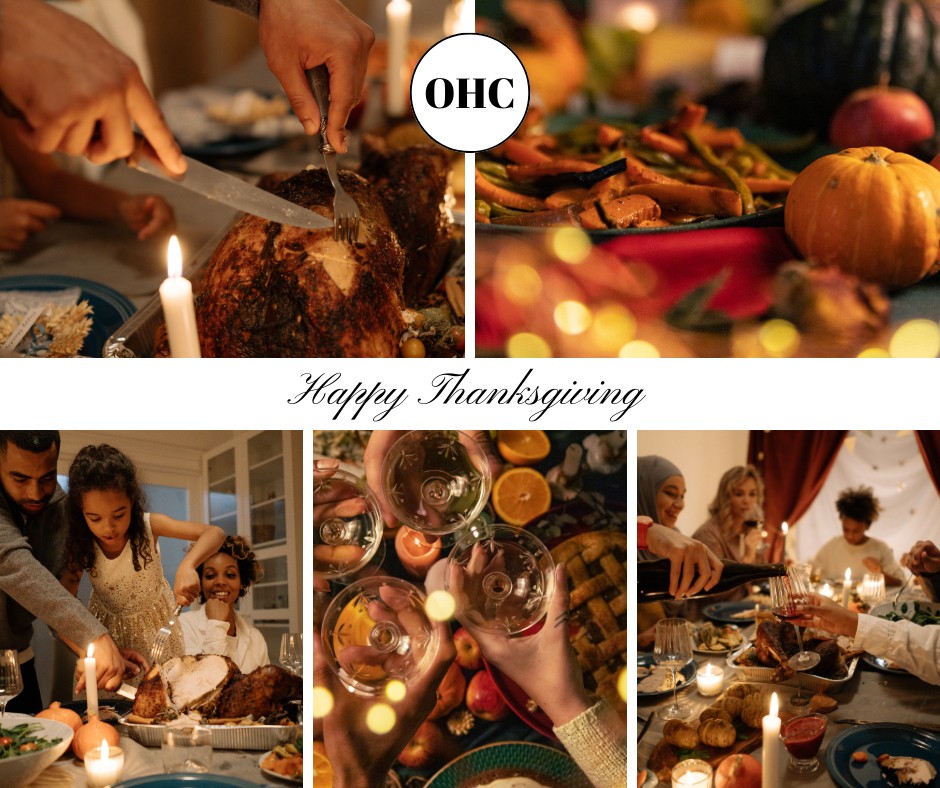Thanksgiving, for me, isn’t just a cherished holiday; it’s a time when families gather around the table to share a special meal and express gratitude for the blessings of the year. But as I delved deeper into the holiday’s history, I uncovered a captivating narrative that goes beyond the modern customs of turkey, pumpkin pie, and parades. Join me on this exploration as we journey through time and uncover the multifaceted history of Thanksgiving.
Pilgrims and Native Americans Forge a Bond
Our adventure begins in the early 17th century as we step onto the deck of the Mayflower, the vessel that transported a group of English Separatists, known as the Pilgrims, across the treacherous Atlantic Ocean in 1620. These brave individuals sought religious freedom and a better life. The Mayflower arrived in what is now Plymouth, Massachusetts, and brought with it the seeds of a tradition that would become Thanksgiving.
Initially, the Pilgrims’ days in the New World were difficult. The bitter winter of 1620 claimed many lives due to disease and exposure of the harsh winters and scarce food supply threatened the lives of the remaining Pilgrims. But that didn’t stop the Pilgrims to continue their crest on the New World.
In the spring of 1621 the Pilgrims, formed a unique bond with the indigenous people of the region, Wampanoag. These Native Americans had lived in the area for generations and possessed invaluable knowledge about surviving in this new and challenging environment. The Wampanoag, led by Chief Massasoit, taught the Pilgrims vital skills, including how to cultivate native crops like corn and squash.
The pivotal moment that would become the hallmark of Thanksgiving occurred in the autumn of 1621 when the Pilgrims, thriving due to their successful harvest, invited the Wampanoag to join them in a three-day feast. Eventually, this turned into what we now know as Thanksgiving.
From Sporadic Feasts to a National Holiday
While giving thanks through communal feasting was born during that inaugural Thanksgiving, it didn’t immediately evolve into the annual tradition we know today. It wasn’t until the 19th century that Thanksgiving began to take shape as a national holiday.
The turning point came in 1863, during one of the most turbulent periods in American history, the Civil War. President Abraham Lincoln, recognizing the need for unity during a time of great division and strife, issued a proclamation that declared Thanksgiving a national holiday. This marked a significant step toward shaping Thanksgiving into the holiday we celebrate today.
A Blend of Tradition and Modernity
Our journey through Thanksgiving’s history has led us to a contemporary celebration that blends old and new. While the foundations of Thanksgiving lie in the Pilgrims’ gratitude and the bonds formed with the Wampanoag, the holiday has evolved significantly over the centuries.
Traditional foods like turkey, cranberry sauce, and pumpkin pie are not the only things that characterize Thanksgiving. Other activities include parades, football games, and the official start of the holiday shopping season on Black Friday .
Despite these new elements, the core of Thanksgiving remains the expression of gratitude. Modern celebrations are a testament to the enduring values of family, unity, and kindness. Families across the nation continue to gather to share a special meal and to express their gratitude for the positive aspects of their lives. Many individuals also seize the opportunity to give back to their communities through acts of charity and volunteer work.
The Timeless Spirit of Thanksgiving
Thanksgiving boasts a deep and multifaceted history, but at its heart, it remains a celebration of gratitude, unity, and the act of sharing. It serves as a poignant reminder that, no matter how much our traditions have evolved over the centuries, the timeless spirit of giving thanks endures as a vital and cherished aspect of our culture.
As we approach the celebration of Thanksgiving this year, let us take a moment to reflect on the history that has led us to this point. We can appreciate the rich tapestry of traditions that have evolved over time while remaining true to the fundamental message of Thanksgiving – the significance of gratitude, unity, and togetherness that this holiday represents.
“Gratitude can transform common days into thanksgivings, turn routine jobs into joy, and change ordinary opportunities into blessings.” – William Arthur Ward

